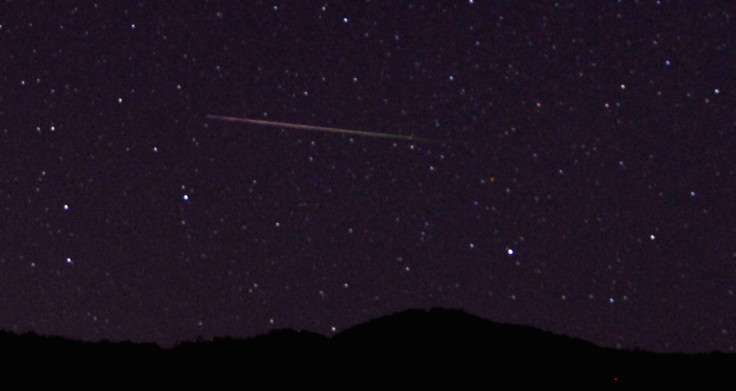600-Pound Retired NASA Spacecraft Crashing Back To Earth This Week, Decades After Launch
KEY POINTS
- The RHESSI spacecraft was launched in 2002
- Most of it will likely burn up, but some fragments may survive
- The risk that someone will get harmed is 1 in 2,467, NASA said
A 660-pound retired NASA spacecraft is about to come back to Earth this week, more than two decades after it was launched. The chances that it will harm someone who's here on the planet is reportedly "low."
The Reuven Ramaty High Energy Solar Spectroscopic Imager (RHESSI) spacecraft will finally come home Wednesday, 21 years after it launched.
The Department of Defense predicts that the spacecraft would reenter the atmosphere at 9:30 p.m. EDT "with an uncertainty of +/- 16 hours," NASA noted in a release. Although it's likely that most of it would burn up in the atmosphere upon entry, some parts of it are "expected to survive" the crash home.
People need not worry too much about it, however, as the risk of being harmed is "low" at about 1 in 2,467, as per NASA.
Indeed, the lives of most spacecraft end with their reentry into the atmosphere, during which they experience extreme conditions and break-up.
"Each day satellites, rocket stages or fragments thereof reenter the denser layers of the atmosphere, where they usually burn up," the European Space Agency (ESA) explained. "Objects of moderate size, i.e. 1 m or above, reenter about once a week, while on average two small tracked debris objects reenter per day."
In general, surviving fragments pose only a "marginal risk" to individuals — much of the Earth's surface is covered in water and many places are still uninhabited, the ESA said. Getting hit by lightning, according to the agency, is "60,000 times more likely."
With the increasing number of space launches, however, it's quite possible that the risks won't soon be as negligible as they once were, especially when it comes to uncontrolled reentries.
As for the RHESSI spacecraft, it spent its life fully before its demise. It was launched in February 2002 and explored the mechanisms behind solar flares and coronal mass ejections (CME).
"Before RHESSI, no gamma-ray images nor high-energy X-ray images had been taken of solar flares," the agency noted. "During its mission tenure, RHESSI recorded more than 100,000 X-ray events, allowing scientists to study the energetic particles in solar flares."
The RHESSI was decommissioned in 2018 due to communications issues with it.

© Copyright IBTimes 2025. All rights reserved.






















